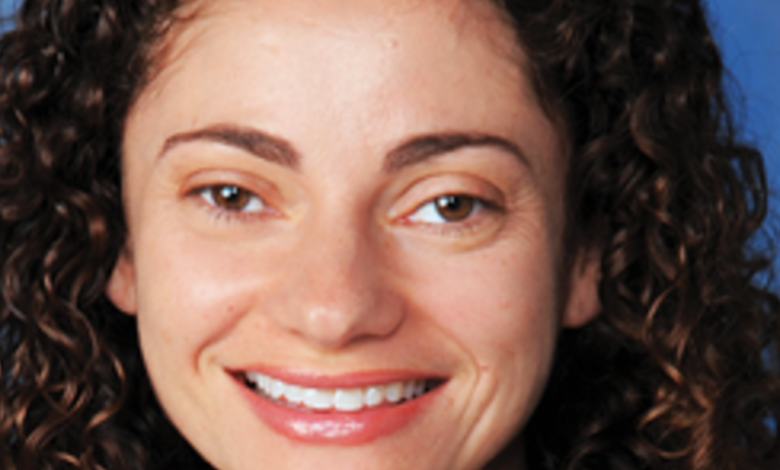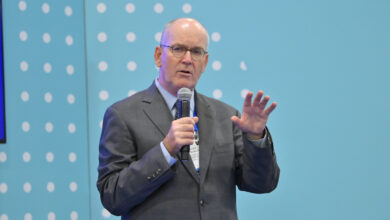Memorial Healthcare System exec on technology improving outcomes

Hollywood, Florida-based Memorial Healthcare System began a journey just over a year ago to screen all patients for social factors that can influence health. Dr. Jennifer Goldman, a primary care physician and Memorial’s chief medical information officer, discusses how the six-hospital system is seeking to improve outcomes through automation.
What was the primary issue Memorial wanted to address?
National statistics show that up to 80% of health outcomes are driven by social factors, not by medical care. That’s something we were seeing in our emergency departments, where patients without access to healthy food or a safe place to live were more likely to be admitted to hospitals. Prior to implementing our comprehensive screening process, we didn’t know the true number of patients impacted by these factors or have an established framework to help once needs were identified. So that was our focus.
Related: Prioritizing the social determinants of health—get started and then start expanding
How was your universal screening program rolled out?
We started by educating clinicians that patients who might have traditionally been labeled “non-compliant” in care instructions could very likely have been impacted by non-medical social factors. We no longer use that term. Once the team understood the “why” behind the new initiative, there was tremendous enthusiasm for the screening program.
Integration of screening within the electronic health record system was a game-changer for both patients and staff. Questions were built into the system for medical assistants to ask when patients came into our facilities. If a patient screens positive for one or more of these factors, clinicians are automatically notified, and a corresponding code is added to the visit so we can tailor interventions. Notifying providers about the patient’s needs also might prompt them to re-evaluate the treatment plan in light of those struggles.
Simultaneously, notification is automatically sent to other members of the care team and our SDoH Hub so they can reach out to the patient and connect them with community agencies.
What’s the role of the SDoH Hub, and when was it created?
It’s something our community services department just recently implemented that closes the loop for patients, since some of them had challenges securing assistance for social determinants even after getting specific recommendations and referrals. A team of four full-time employees, which includes a supervisor and three case managers, takes the lead in linking patients to available assistance.
With food insecurity, for example, at first, team members will bring food and supplies to an individual’s home. The second time they’ll meet the patient at the food bank and guide them through the process. After that, we monitor how they are faring on their own.
Sign up for the Digital Health Intelligence newsletter and keep up with one of the industry’s fastest-growing sectors.
How has the number of social factors screened changed over time?
It has increased as we’ve identified additional determinants and devoted internal and external resources to address them. Mental health, domestic violence, substance abuse, caregiver fatigue, lack of childcare, and an inability to afford co-pays or prescriptions are a few more examples of factors that can influence a person’s health. The data have led to partnerships with more than 40 community agencies and organizations.
How many patients have been identified for specific needs?
We began by screening everyone at Memorial Primary Care, a network of 15 practices caring for close to 40,000 lives. After launching this process, we saw a nearly 10-fold increase in the number of patients who were affected by the non-medical factors we were already documenting in the medical record.
In 2021, prior to rolling out universal screening, we recorded just over 400 patients needing SDoH intervention. In 2022, after we had standardized and automated the process, that number rose to more than 3,700. This year, we surpassed last year’s total by the end of July, with rollout across the entire healthcare system continuing to move forward through the efforts at Memorial Primary Care, Memorial Cancer Institute and the population health and clinical effectiveness teams. Among the nearly 400,000 patients screened since 2020, more than 100,000 have screened positive for at least one risk factor.




